Your cart is currently empty!
Cheongsam as a symbol of “Progress” is so last century
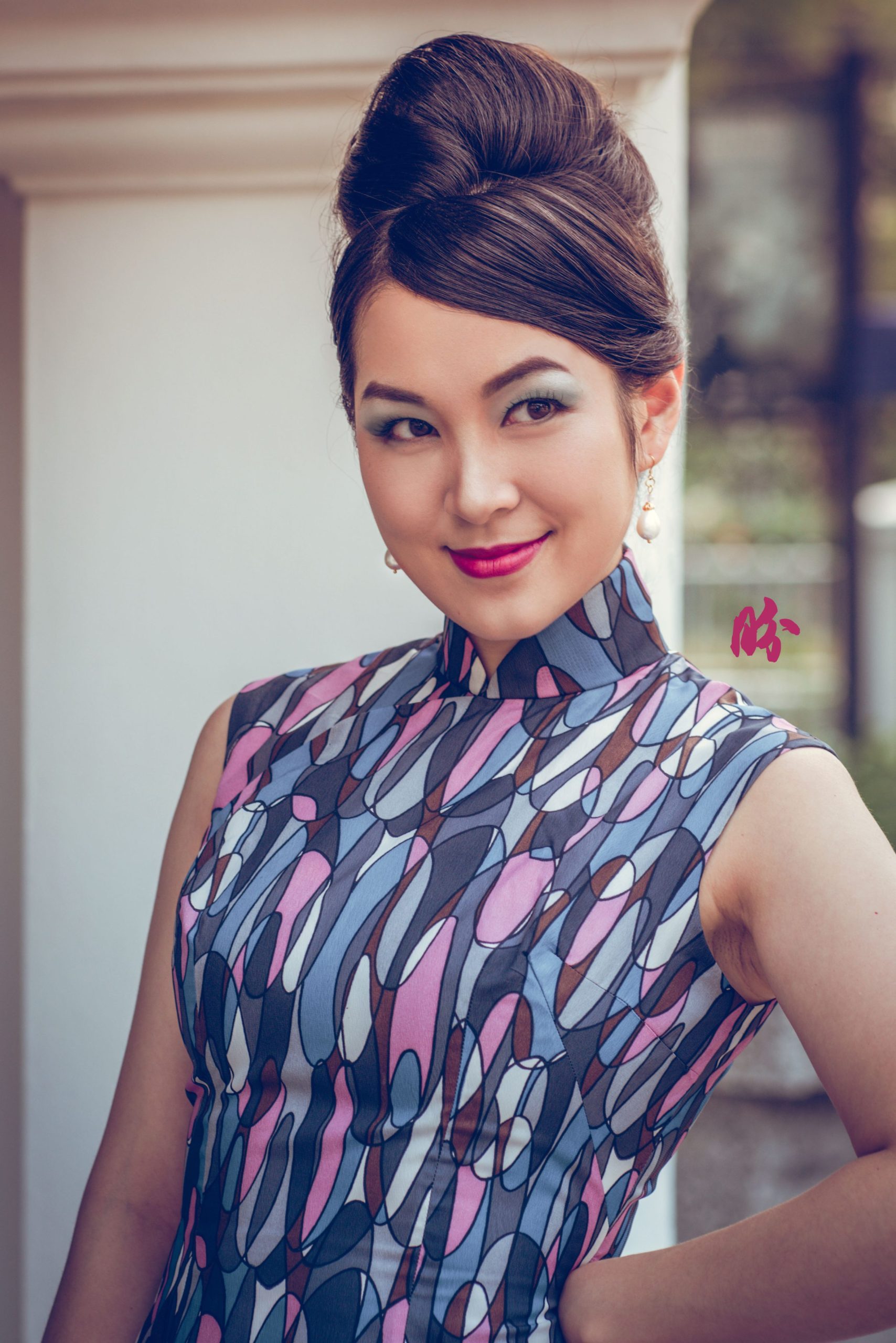
In fashion, things are always cyclical. So it’s without a tinge of irony when I say that the most fashionable thing to happen in 2020s is for a fashion designer to claim that Cheongsam is a symbol of “Progress”, echoing her Eurocentric predecessors at the turn of last century somewhere around the 1920s-30s.
Sometime during that period, the women were dressed in very baggy robes or blouse and skirt combination (depending on your ethnicity), and while the form remained fairly similar to the untrained European eye, the focus throughout Chinese fashion history were really on the motifs (auspicious and seasonal), embroideries, colours, weave of fabric, and many other extremely nuanced things that required a trained eye to identity (thus differentiating those who are ‘in’ and ‘out’ of the privileged group).

I remember taking art history class which taught me that Chinese paintings had no perspective unlike the Europeans, and it was only in recent years when I start to decolonise my knowledge by learning the actual Chinese painting history and philosophy that I realise that like Chinese fashion, it was a hugely misunderstood “fact”.
Back to the last century.
Here’s a few quotes from well known art historian/ historian/ writers who shared this Eurocentric view on Chinese fashion and, by extension, the state of Chinese societies:
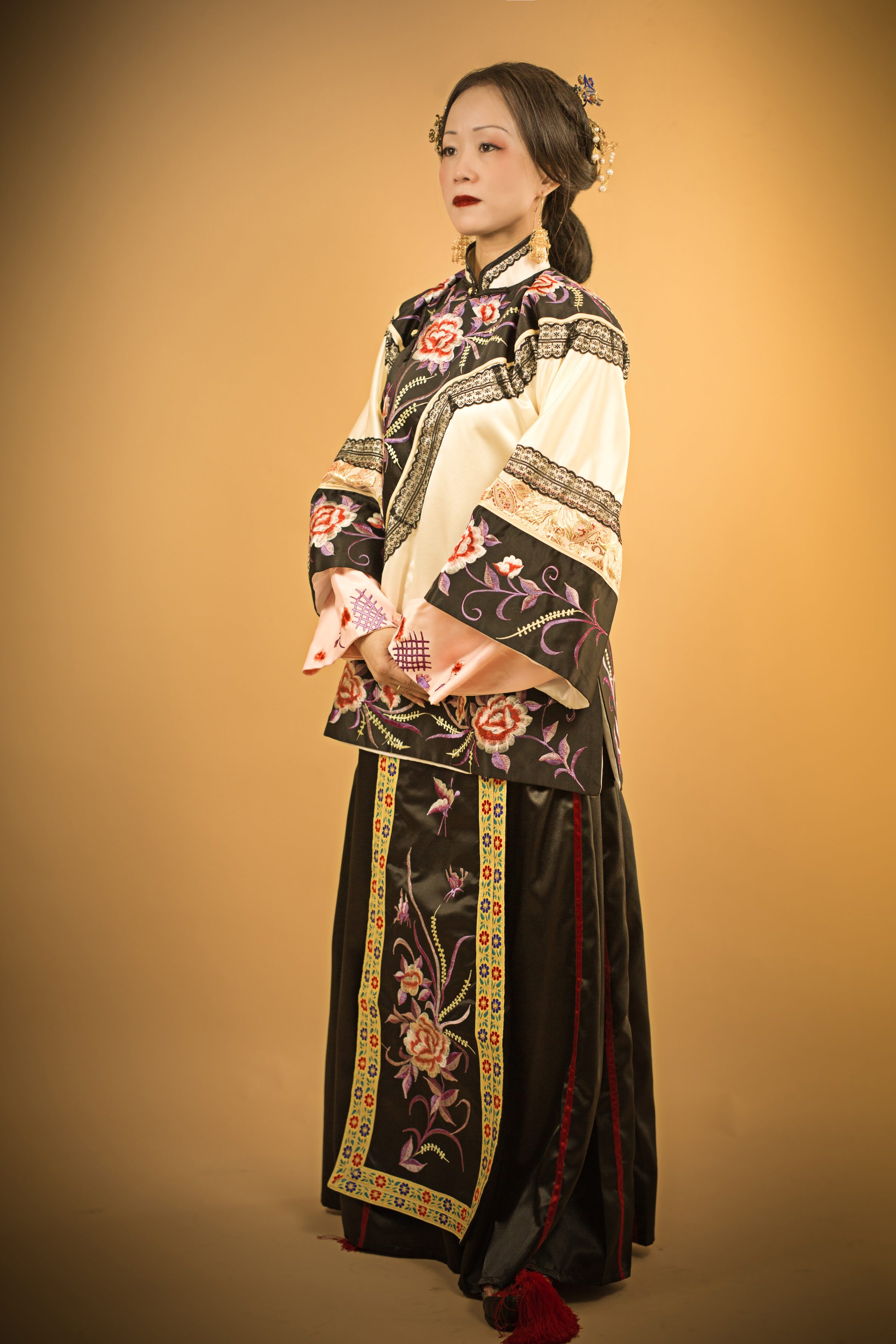

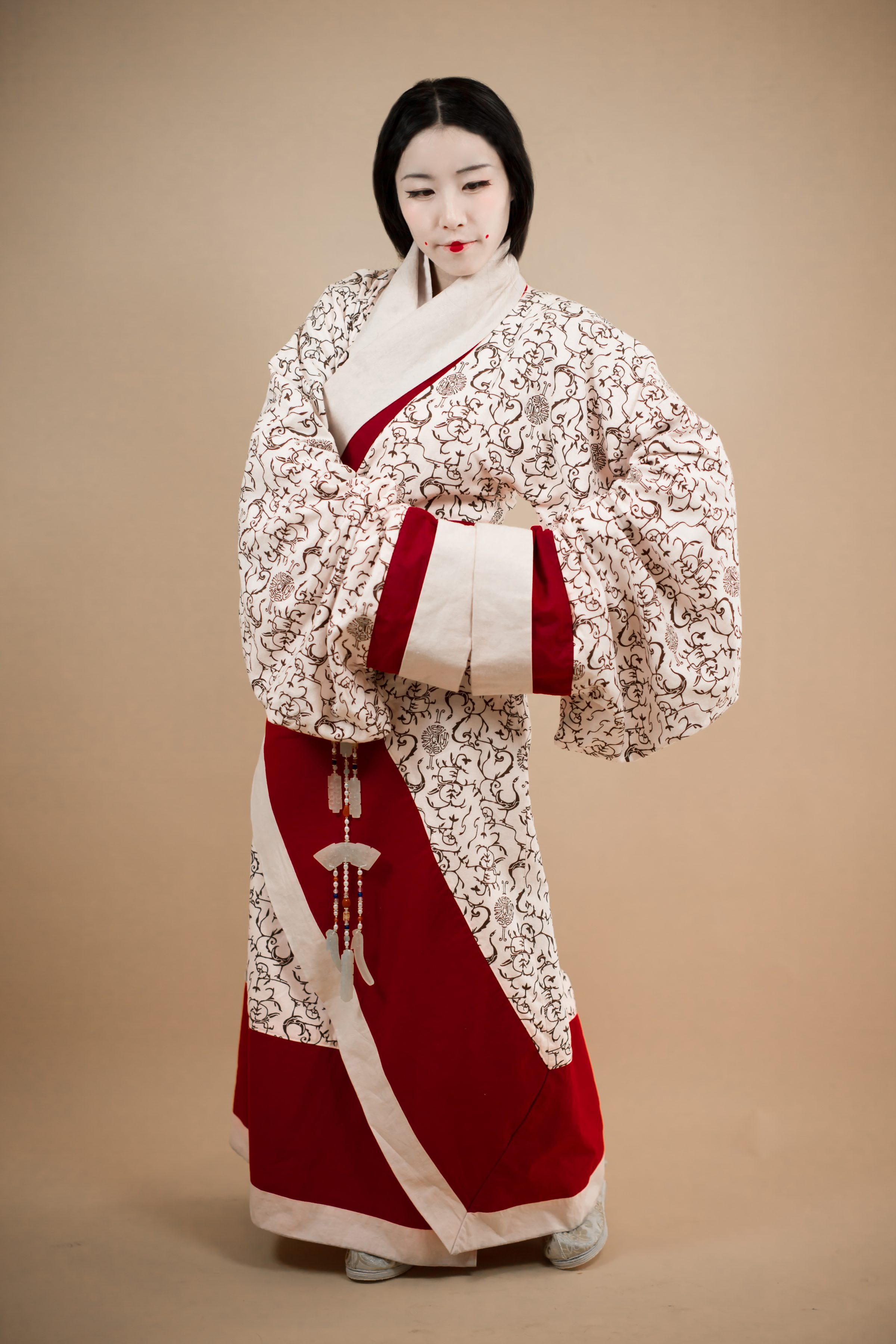
[T]he Chinese family of the last century looked very much like a Chinese family of the Classical age.
Quentin Bell, English Art Historian and Author, 1910-1996
Ok, I’ve put 3 images side by side above, and I don’t know why he thinks that the leftmost (Qing dynasty) looked very much like the other two (“Classical” age) dresses. As an art historian, I find his observational skills extremely lacking.


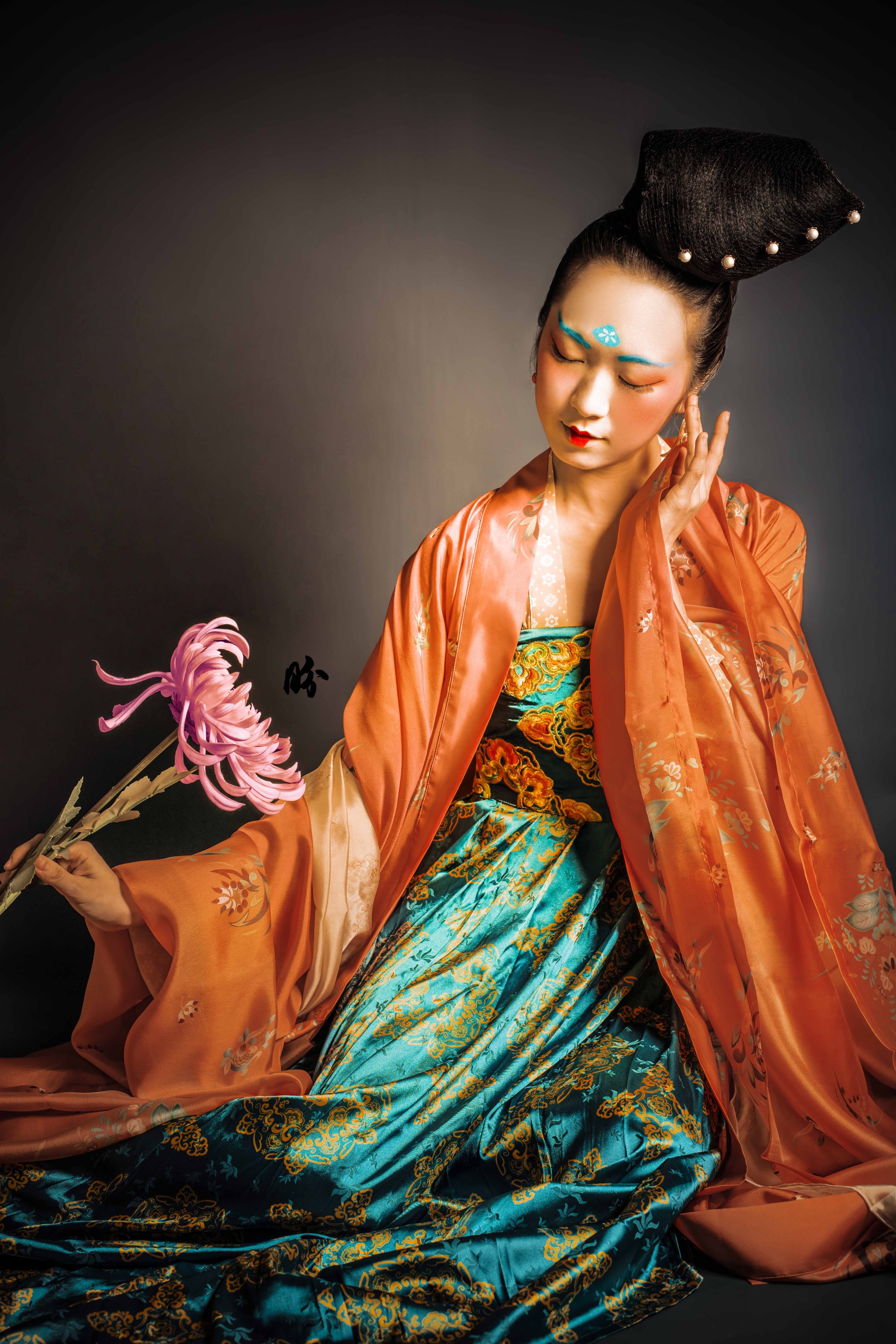
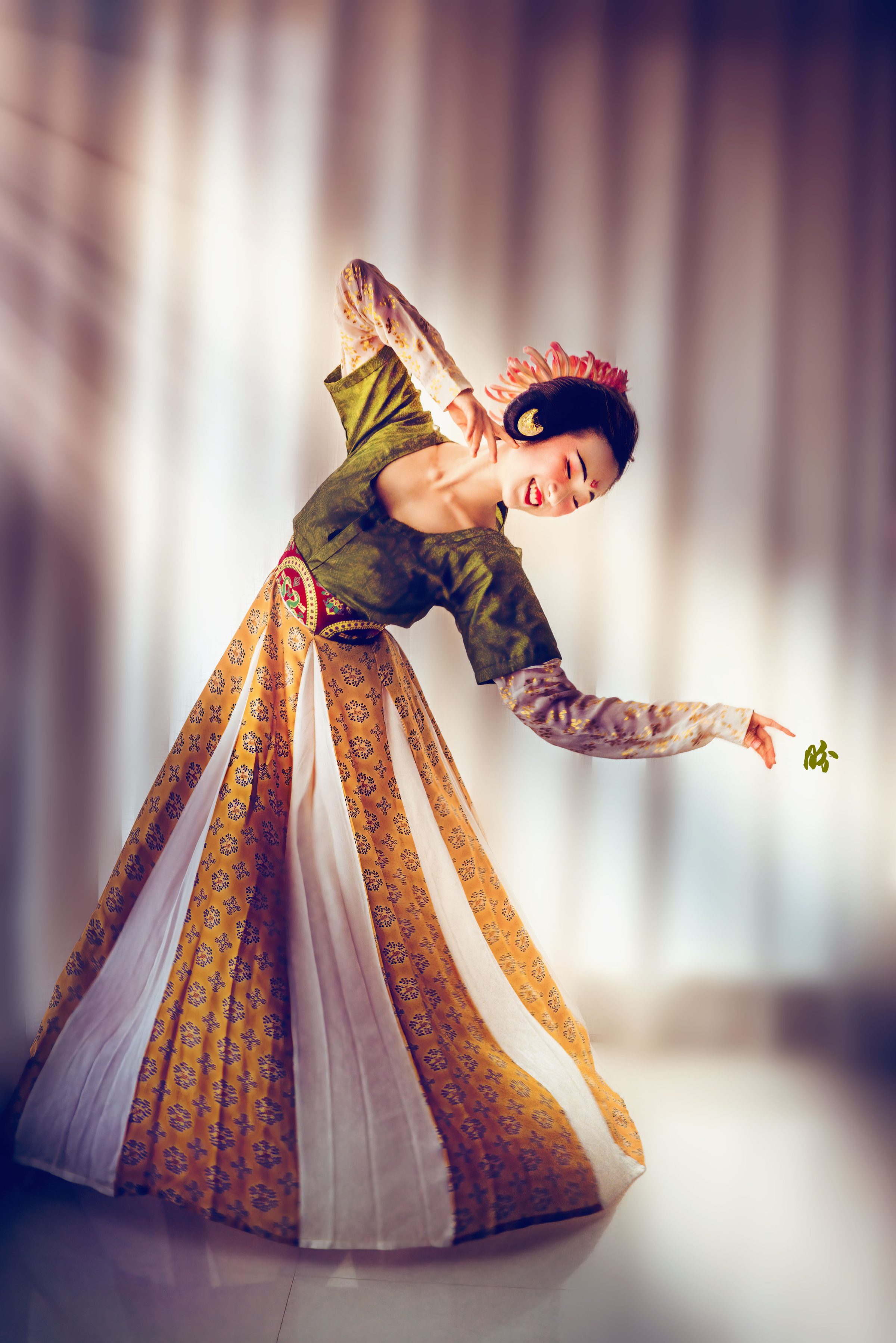
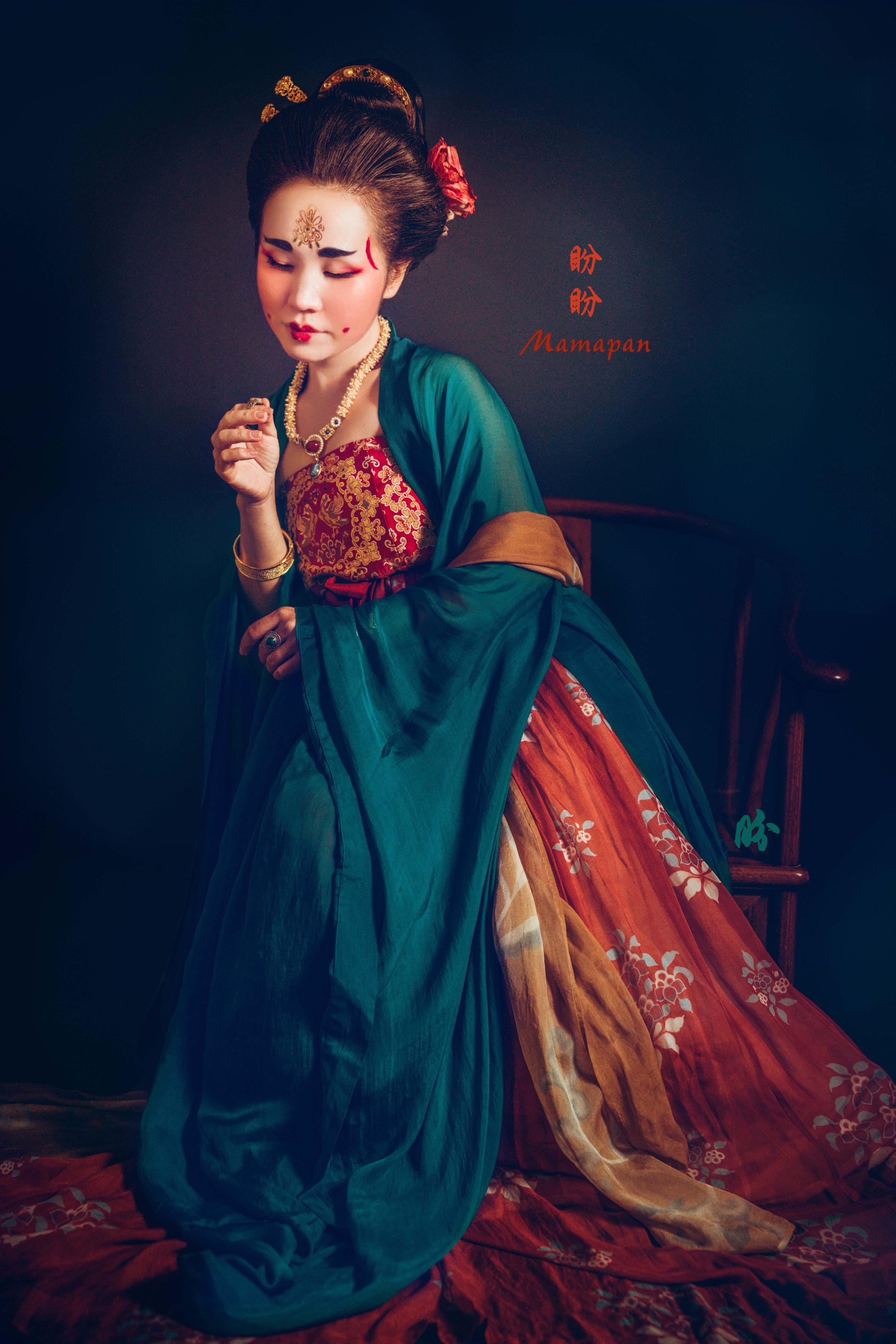
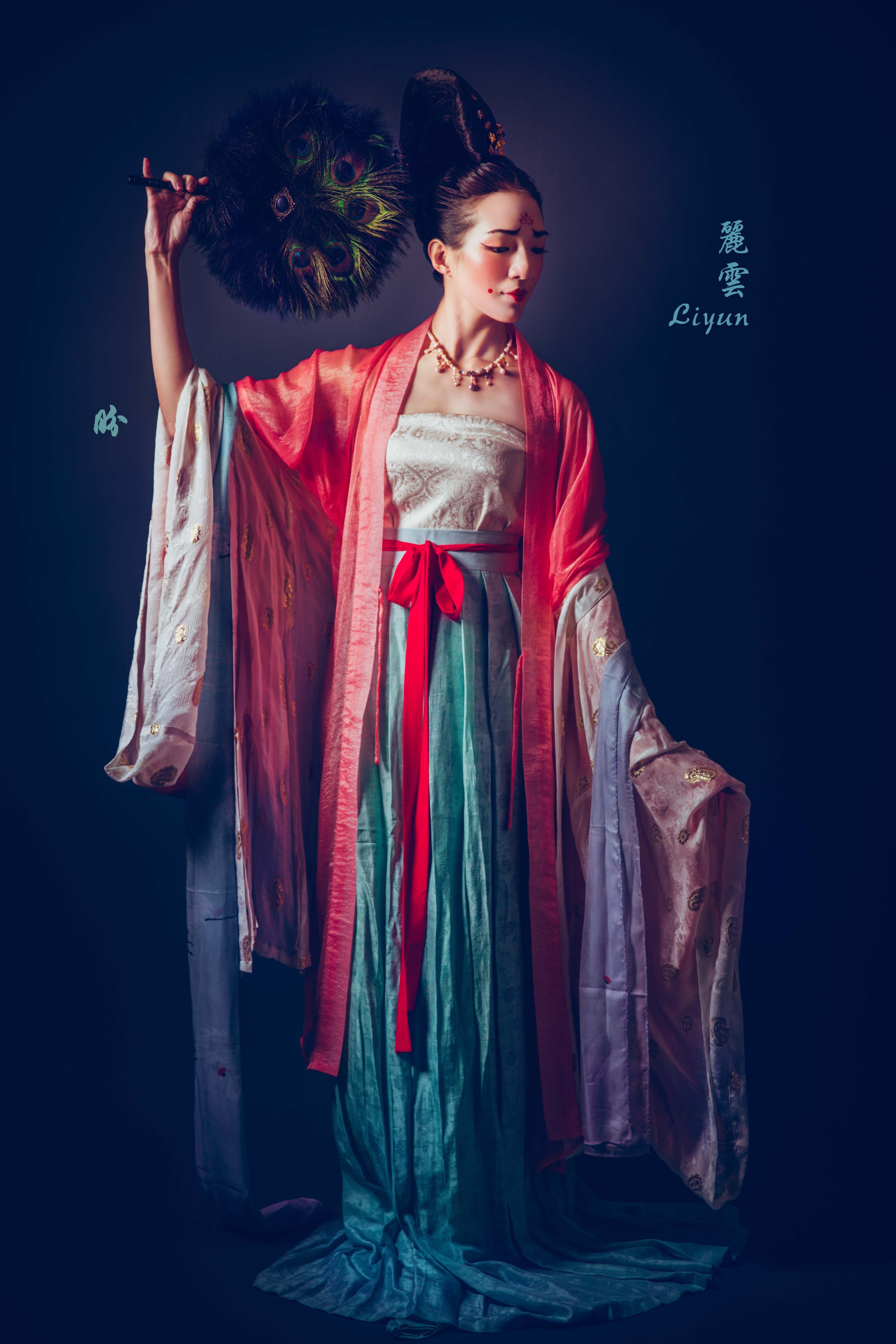
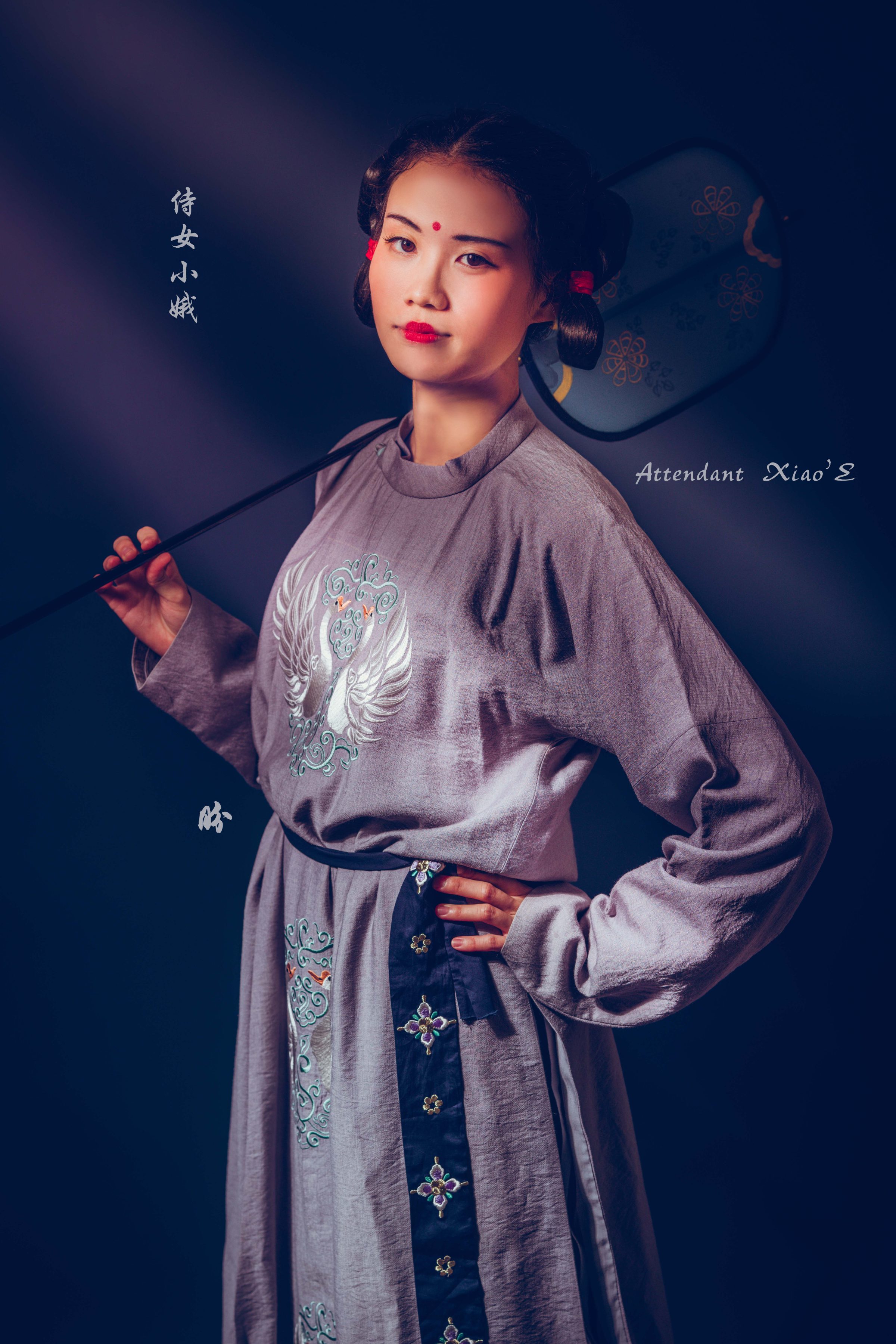

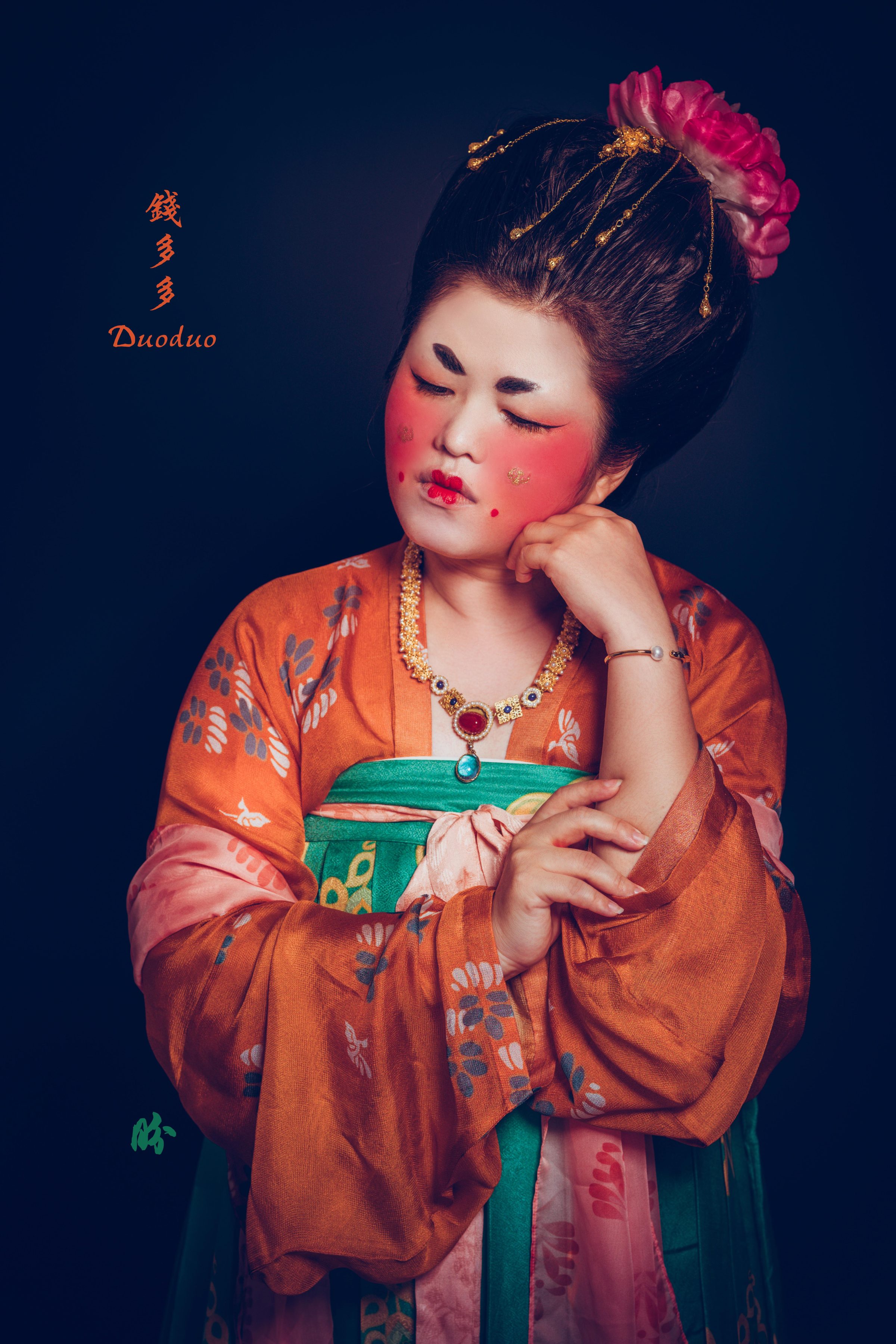
[The] variations in Chinese dress from dynasty to dynasty… [occur] at the speed of a rather hesitant glacier.
Quentin Bell, English Art Historian and Author, 1910-1996
I’m not even gonna go into dynasty to dynasty. I’m just gonna pick ONE dynasty — Tang dynasty (7th to 10th century) and showing a small fraction of the kind of diversity in fabric, motif, colours, styles (look at those hair and make-up!) and just leave it as that. Strange that people feel so qualified to critique other cultures based on poorly researched information (if at all). Just FYI, women were cross-dressing in male robes as early as Tang dynasty—didn’t need to wait for Qing/Cheongsam.

[The mandarin’s robes] scarcely changed in the course of centuries, but then Chinese society itself scarcely moved at all.
Fernand Braudel, French Historian, 1902-1985
Am I the only one who’s concerned about the lack of rigour in these historians’ research?
And if you think that it’s just the Europeans who thought so, I assure you that self-loathing Asians who internalised such narratives existed way back too. Case in point, famous writer Eileen Chang (surprise, surprise!). Sorry to Eileen Chang fans, I’m really a non-fan here though I did a replica shot of her in 2018 with my good friend who bears a close resemblance to her.
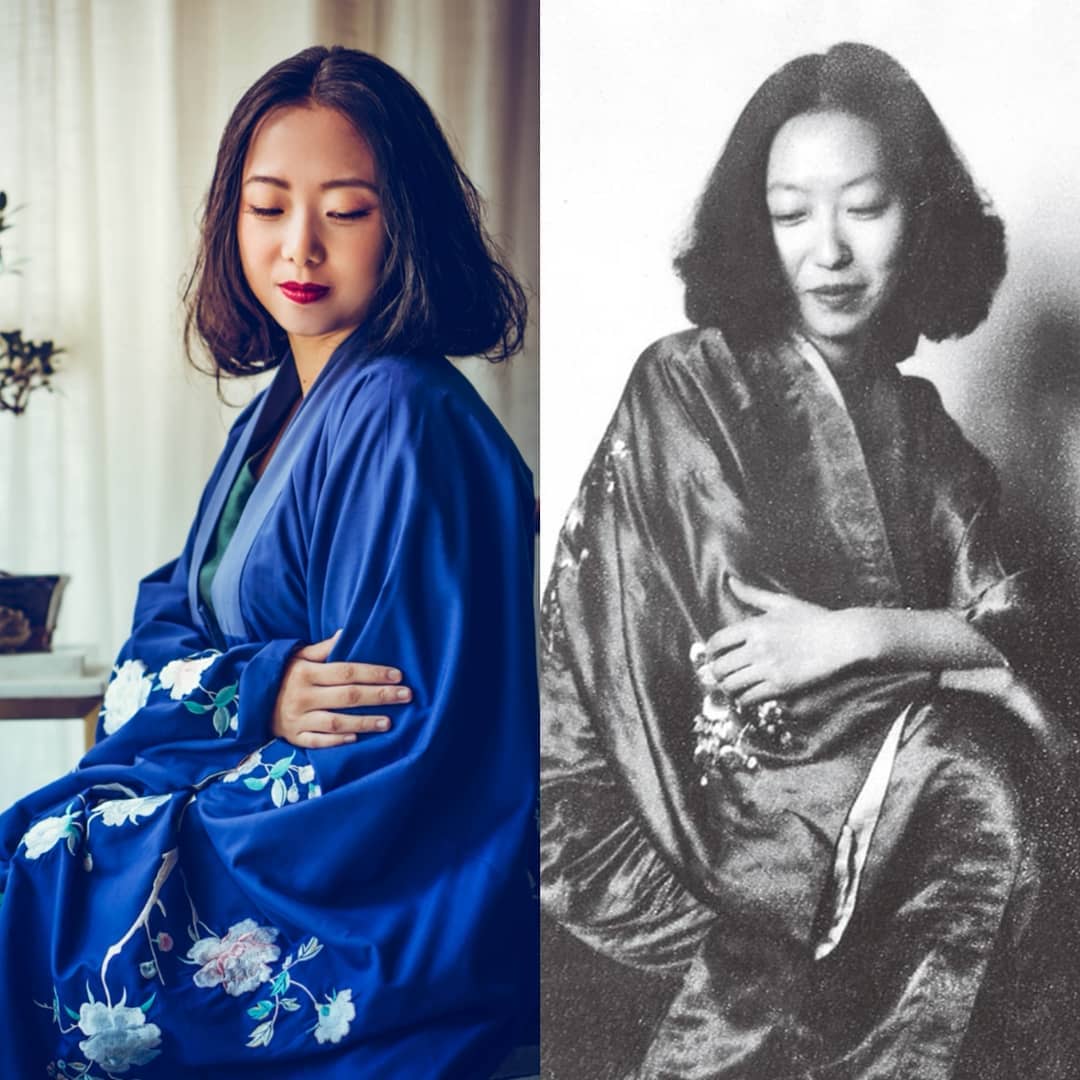
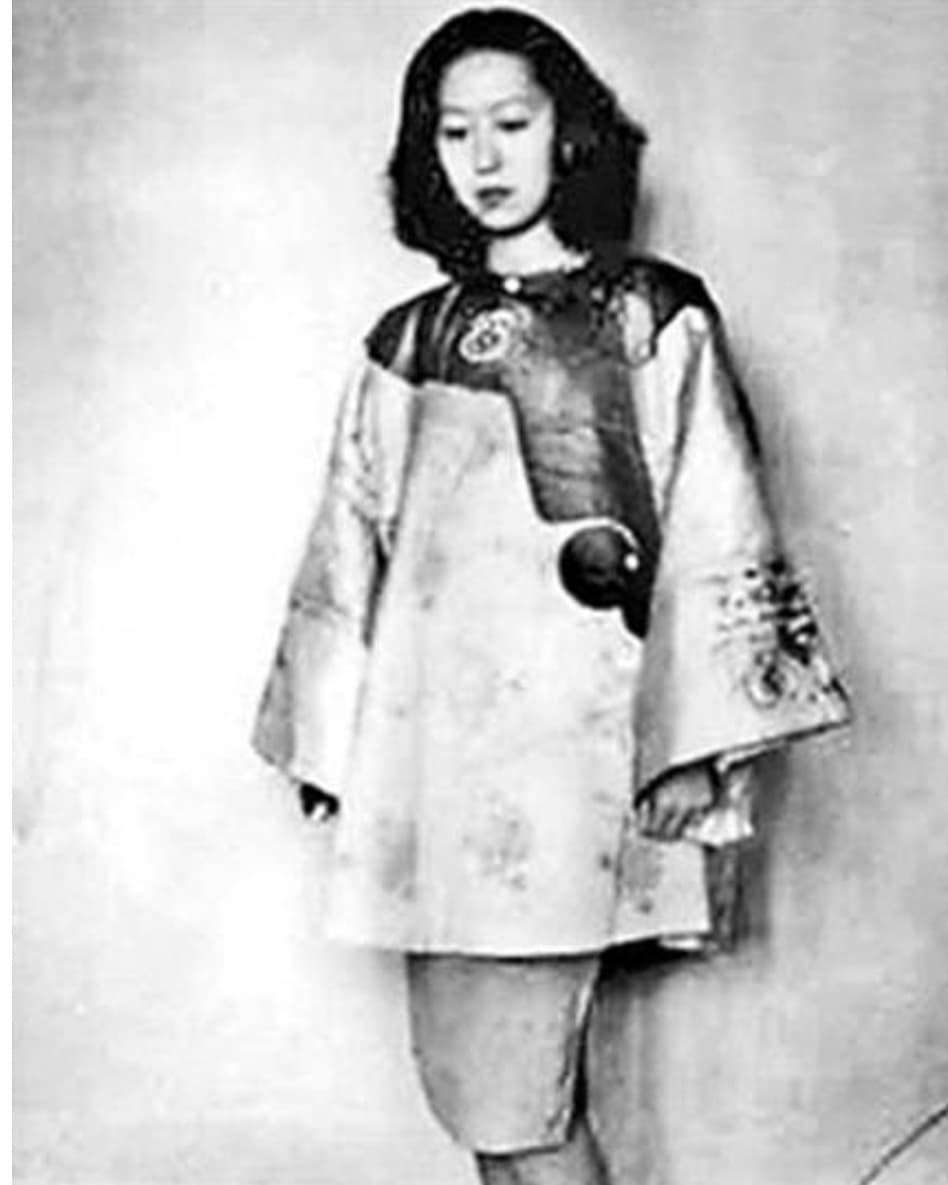
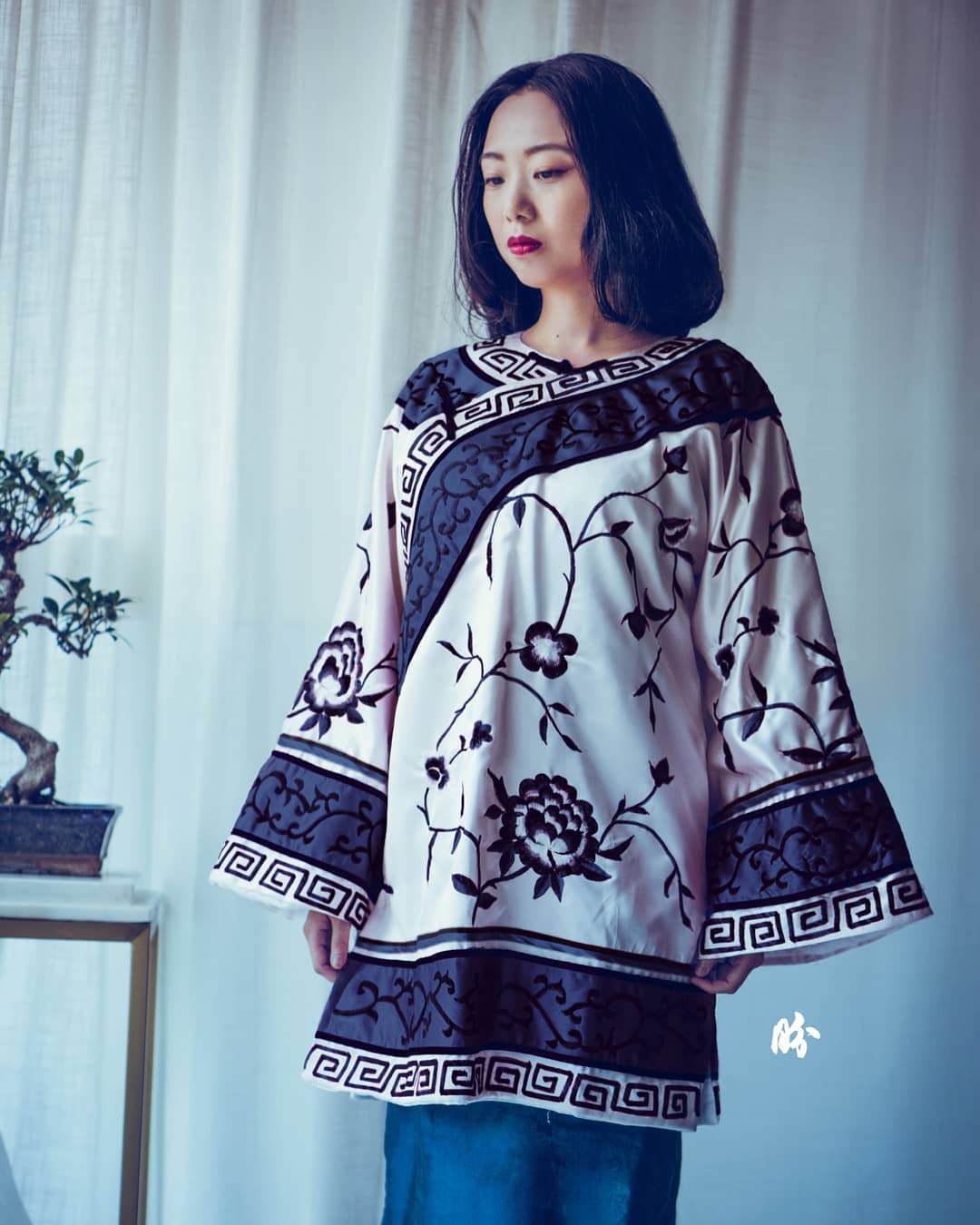
Generation after generation of women wore the same sorts of clothes without feeling in the least perturbed.
Eileen Chang, China born American Novelist, 1920-1995
So here we have quotes from a hundred years ago, defining the level of “Progress” of a society, and a group of women based on how much their dressing adhered to the Western standards of fashion and behaviour.
Basically Western scholars about a century ago sold the narrative (quite successfully) to everyone that the Chinese costume was a symbol of this inert Chinese society that was immobilised by tradition. So Chinese literati who were educated overseas bought that narrative as well, and they started looking down on their own traditions, language and dresses (part of the reason for the advent of Cheongsam). Really there’s a lot of inferiority complex at play in this as well.
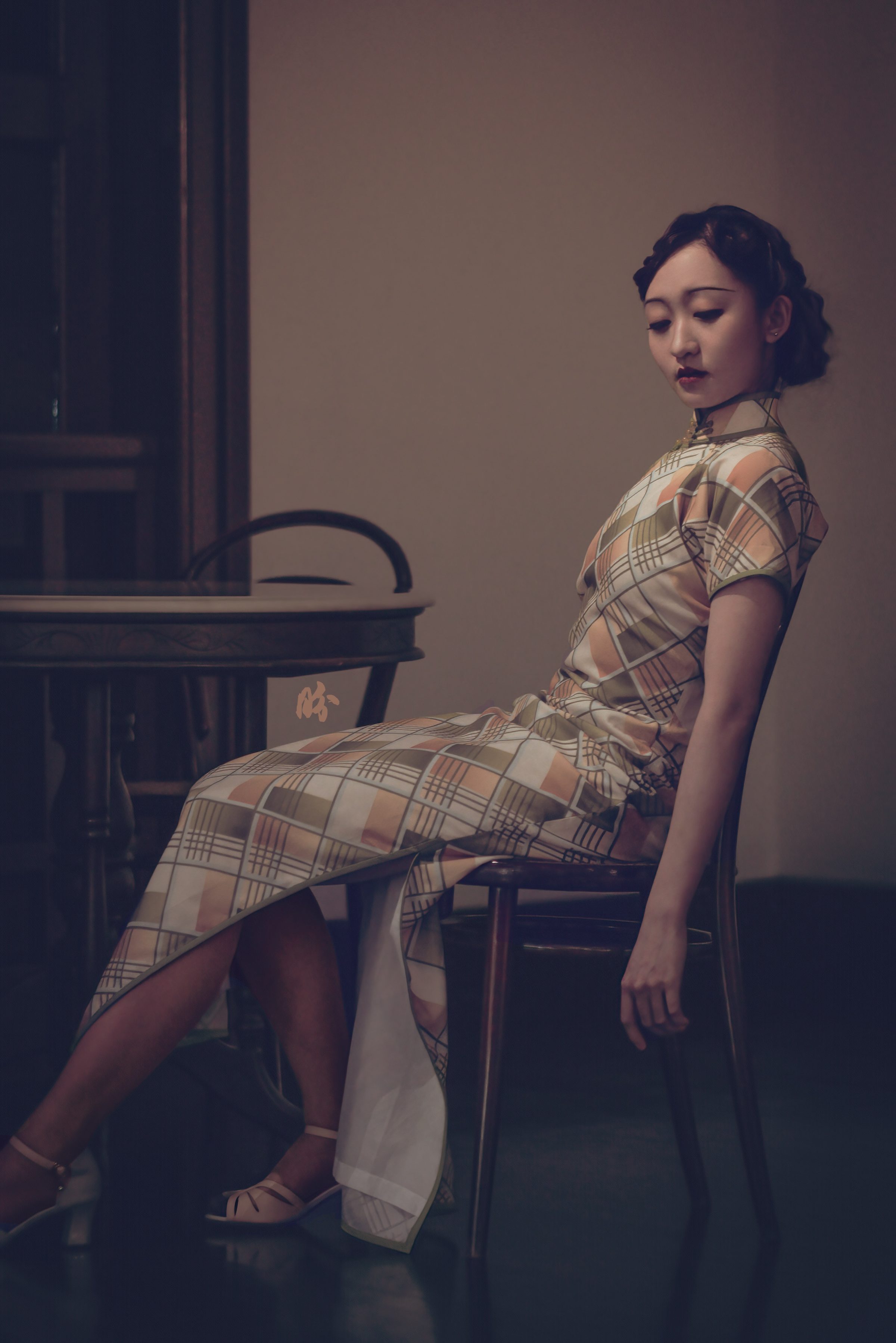

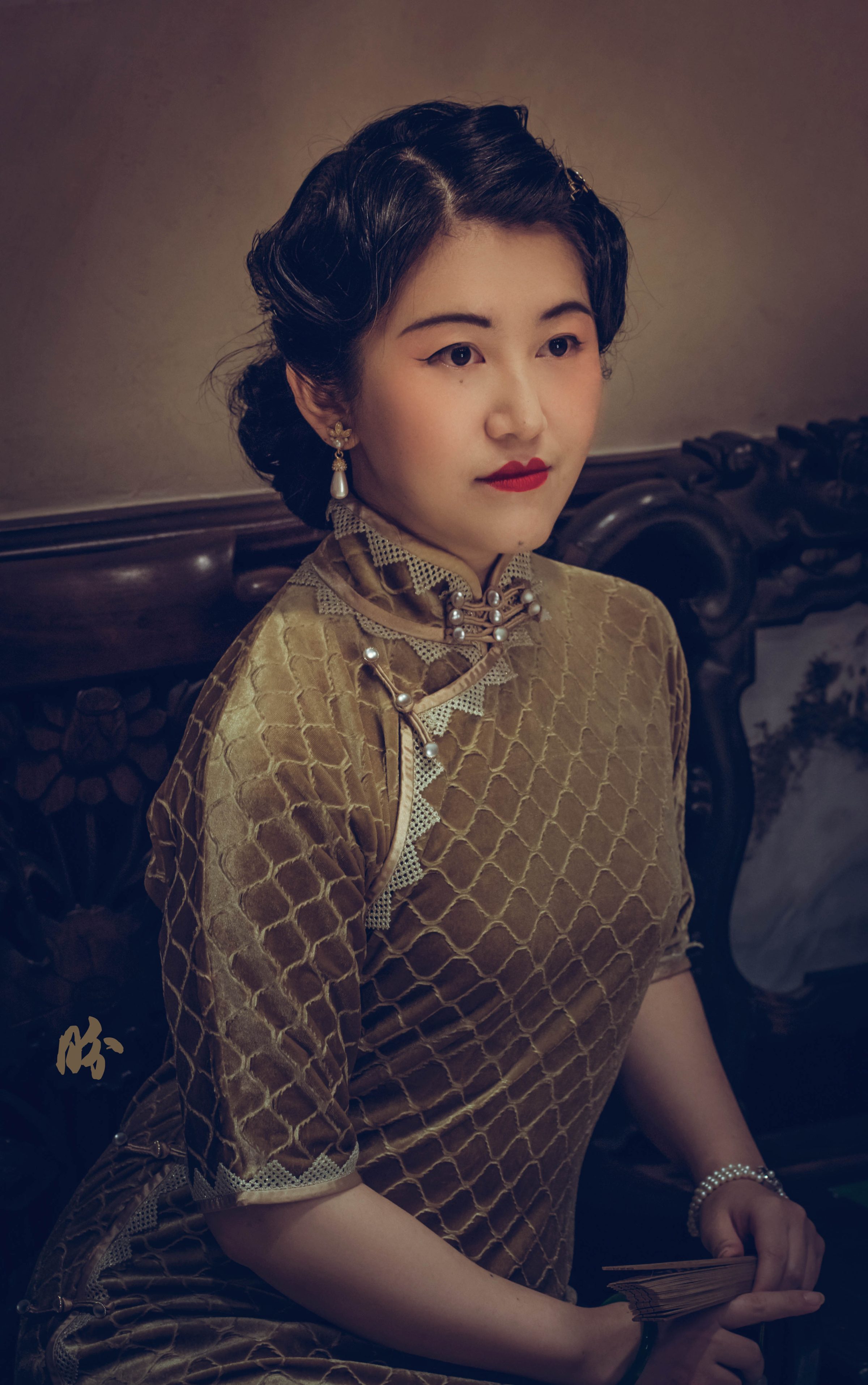

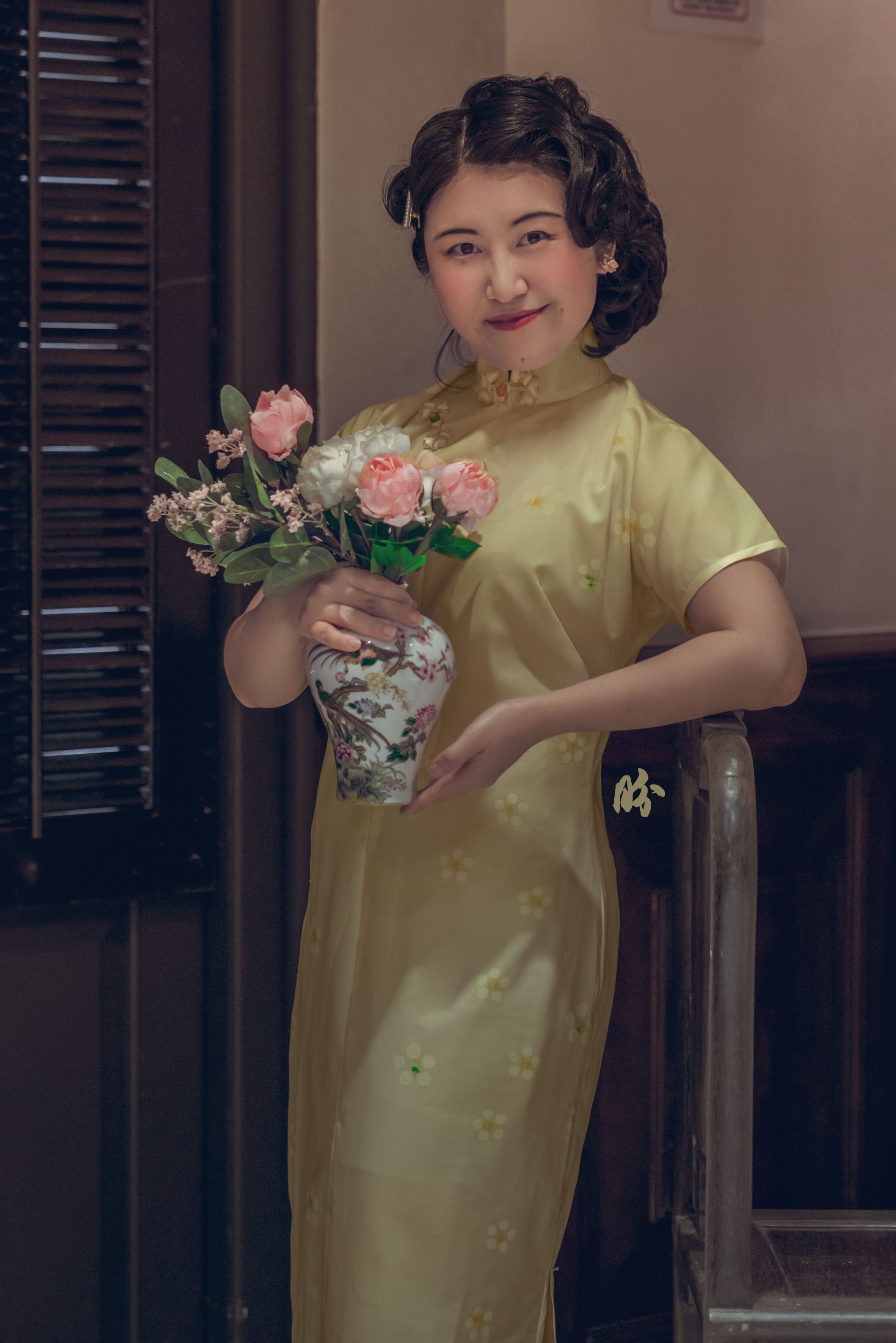
Fast forward to the 30s, the Chinese society started to adopt the western cutting for their dresses, which meant more body-fitting dresses, and I presume that was a sign of ‘progress’ to the Western scholars. Similar to how the local designer saw ‘hand shaking with men’ a sign of progress for women… I’m not sure what to feel about that honestly.
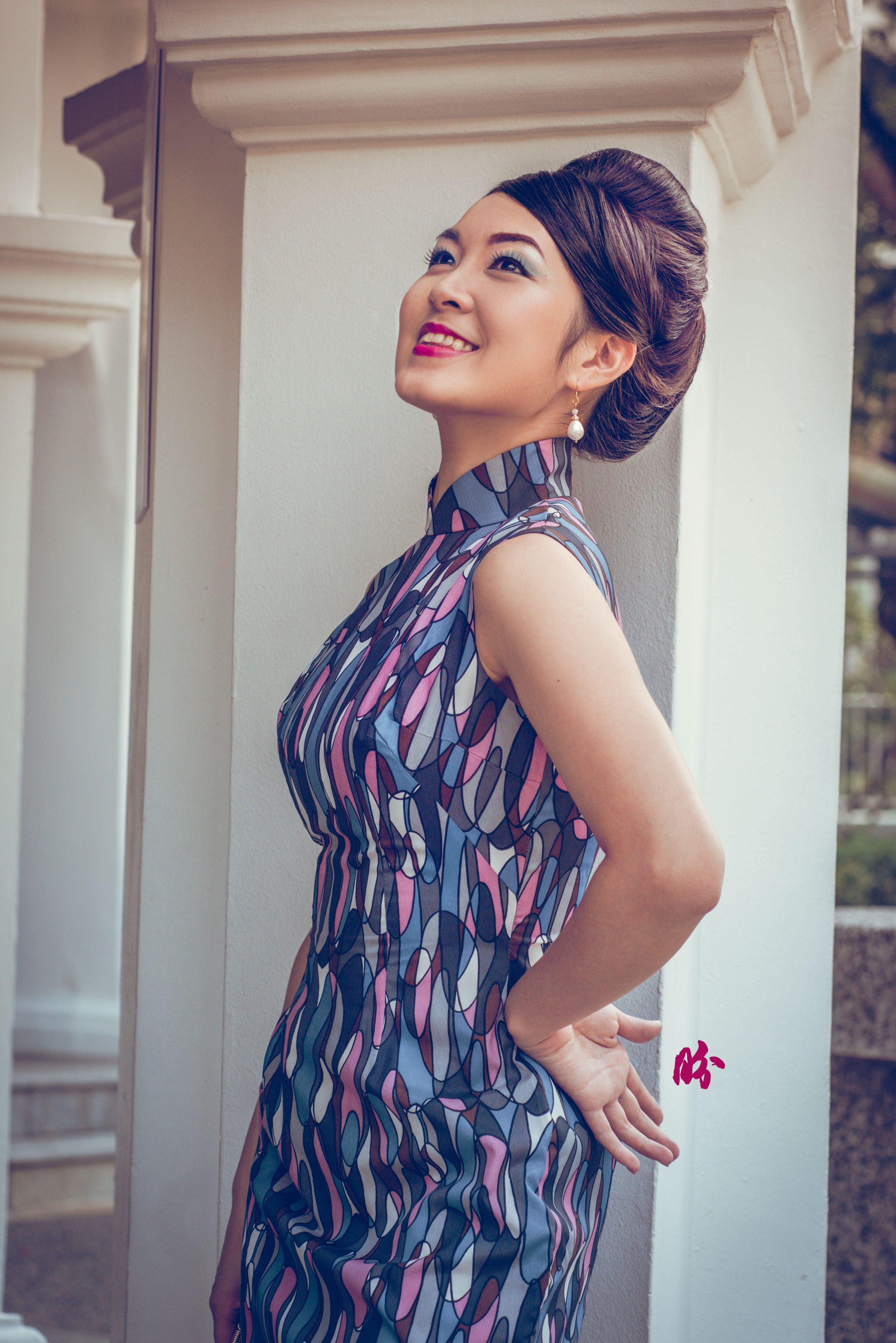
For the longest time I have had an uncomfortable relationship with the Cheongsam because I find it over sexualised and exoticised. I find that it has become a banal symbol of Chinese culture due to its over commercialisation and sexualisation, and it is only in recent years when I start repurposing and tailoring my own cheongsam, and working more with Lin Tong (and doing more reading) that I am starting to feel more at ease with it. Even then, I maintain an earlier style of Cheongsam with minimum (if any) western tailoring cuts because it’s loose fitting, more functional, more comfortable and less objectifying to women’s body. But if women feel confident in them because of the way they feel about their own body (disregarding the male gaze) then that works great too!
But maybe that’s also because I’m in my mid 30s and no longer have a hot bod to flaunt the body hugging cheongsam in! #mombodrockstoo
That’s all for my late night musing triggered by a recent incident. And also a chance to post some really overdue photos.

Leave a Reply